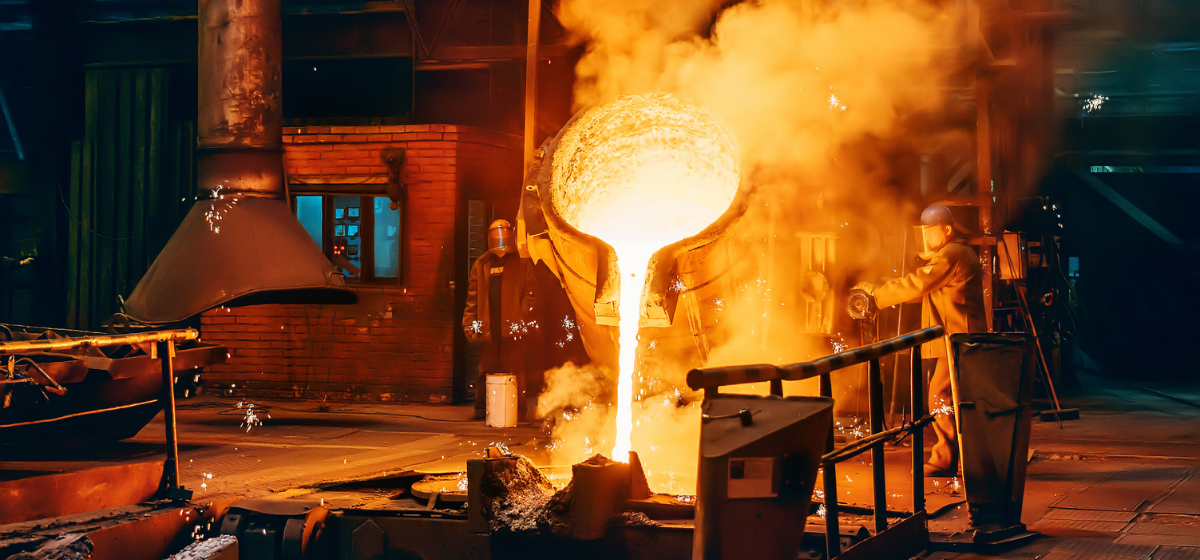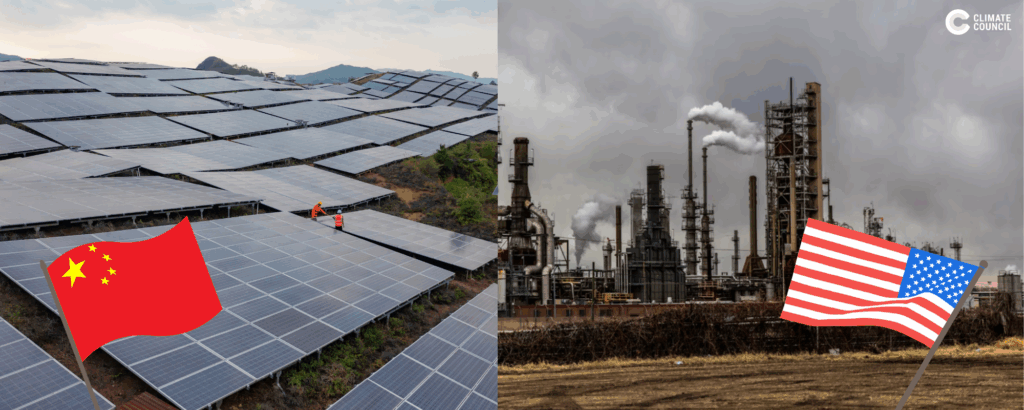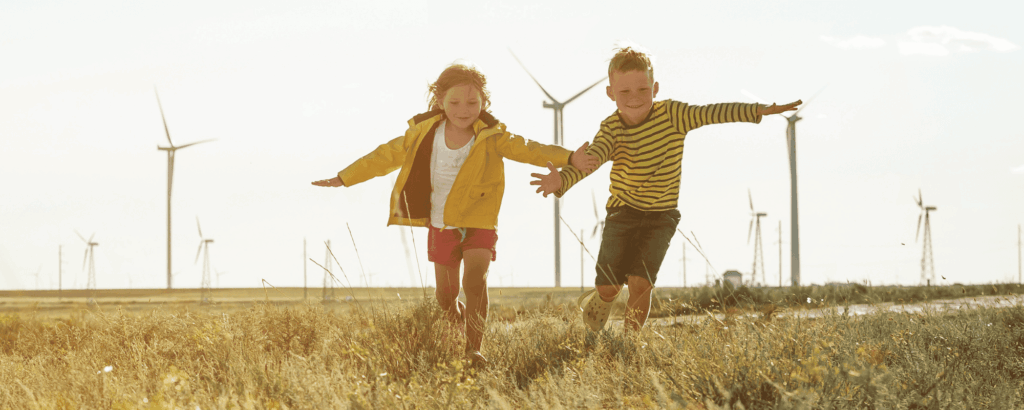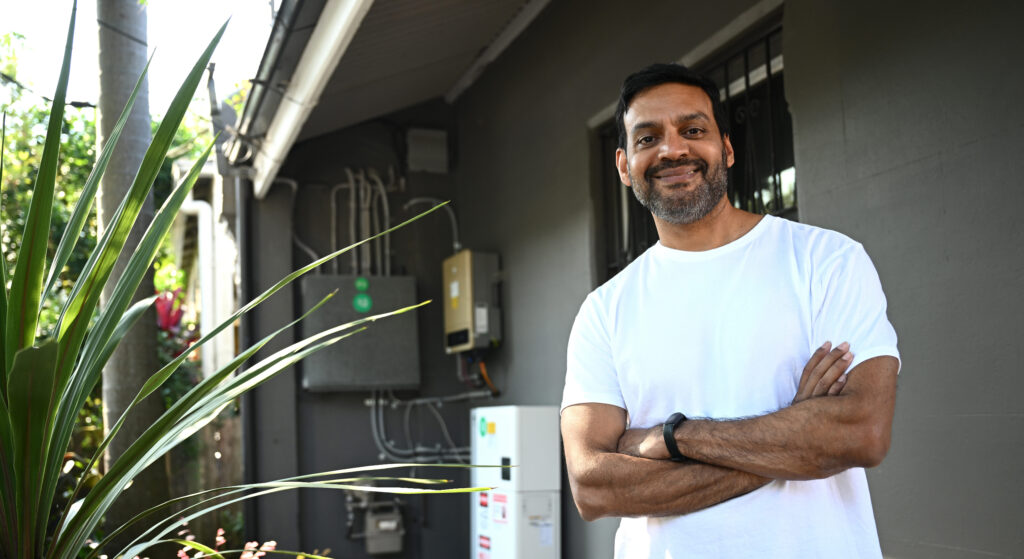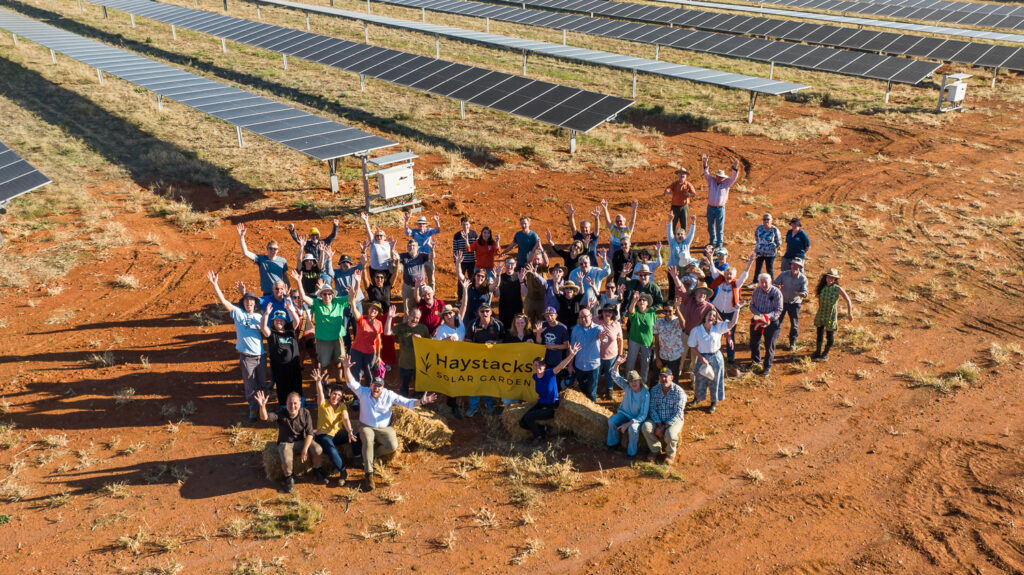The world is undergoing a new Industrial Revolution. Driven by an urgent need to tackle the climate crisis, and grasp the economic advantages of renewable energy, this switch away from fossil fuels is reshaping the global economy with major implications and opportunities for Australian industry.
Australia‘s economy has repeatedly evolved over the past 50 years. We moved away from a pastoral economy that relied heavily on wool, and we no longer “ride the sheep‘s back”. The service sector has grown rapidly at home, and become an important trade. While manufacturing has declined since its peak in the 1960s, we‘ve maintained strengths in both manufacturing and heavy industry. However, we have been slow to embrace the opportunity to transform emissions-intensive industries so they can thrive in a world that is rapidly decarbonising.
The impetus for acting on climate change is no longer in doubt, but the task is large and the timeline available is short. All parts of our economy must play a role, including the heaviest industrial emitters. This is no easy task, but Australia can‘t afford to shy away from the challenge. By moving towards a clean energy economy, we can secure Australia‘s ability to make things at home for decades to come.
In fact, Australia has a comparative advantage in the production of renewable energy, and also has globally significant reserves of metal ores and critical minerals. This means our economy is well-placed to thrive as global demand for low and zero carbon commodities booms with the right policy settings.
Moving to a zero emissions future will result in three major changes to industry in Australia: the phase out of fossil fuel extraction and production, the decarbonisation of many existing industries such as steel and cement, and the rapid scaling up of new industries like critical minerals, renewable hydrogen, green ammonia and metal production.
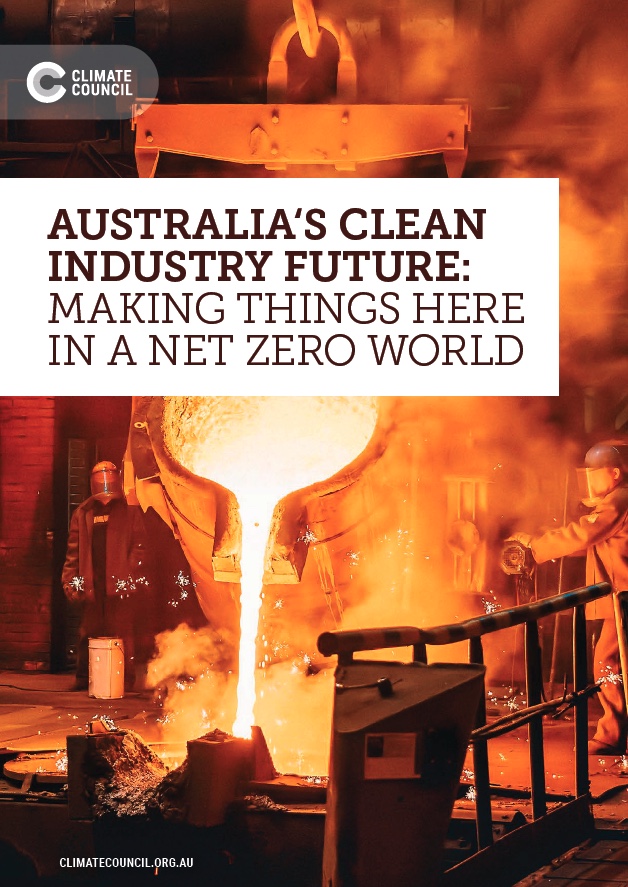
Report Key findings:
1. A new Industrial Revolution, triggered by the world‘s response to climate change, is reshaping the global economy, with major implications and opportunities for Australian industry.
- Most developed nations are trying to at least halve their emissions by 2030. These commitments are redirecting global investment away from fossil fuels and emissions-intensive industries of yesterday, and into the clean industries of tomorrow with places like the United States of America and the European Union already investing heavily.
- Pricing measures against harmful pollution already cover many of the world‘s largest economies, key nations in our region and markets that Australia competes in, with institutions like the International Monetary Fund now looking to coordinate such financial arrangements. An increasing number of countries are also looking to impose carbon border measures on higher-polluting imports.
- Low-carbon supply chains will shortly become dominant, which requires substantial investment in, and production of, renewable sources of electricity as well as other low-carbon inputs for industry, like renewable hydrogen and green ammonia.
- Australia‘s huge commercial advantage is our renewable energy resources. Theoretically, we receive enough sunlight to power our nation 100,000 times over, and we boast some of the best onshore and offshore wind resources in the world. This could enable us to become a world-beating exporter of clean energy commodities and critical minerals.
- One collaborative research project between Australia and the United States of America estimates that moving toward net zero could result in Australian jobs within the energy export sector growing by up to one million workers by 2060, compared with only 40,000 workers without significant policy change.
2. Making green metals in Australia using readily available materials under our feet could both secure our nation‘s economic future, and result in our country playing an outsized role in helping protect us all from harmful climate change.
- If Australia made green steel onshore by refining our own iron ore, rather than exporting more than 90 percent of the raw material overseas, we could avoid 1.5 billion tonnes of greenhouse gas emissions annually (three times the amount Australia emits each year), and generate 10 times the profits that our iron ore industry does today.
- In Sweden, where only 86 million tonnes of iron ore are produced per year, trials to fully decarbonise steel production are underway with plans to shift to full commercial production within five years. In comparison, Australia mined 922 million tonnes of iron ore in 2020-2021.
- An international think tank concluded that Australia could take the lead in the production of zero emission aluminium globally because it is highly energy intensive to make this popular product, and we have abundant renewable energy. As with green steel, this would onshore more high-value industries, creating new jobs and prosperity for Australians while driving down emissions.
- New South Wales‘ largest energy user, Tomago Aluminium Company, is already planning to operate solely on renewable energy by 2030. Its smelter uses the same amount of energy as approximately 56,000 households, and this is a major step on the company‘s pathway to decarbonise.
3. There are readily available opportunities to cut emissions today within every industrial sector examined, as well as many emerging solutions that will be scalable within the next five to 10 years.
- Electrification of mine equipment, and switching to renewables in the grid, represent the greatest opportunities to decarbonise aluminium smelting and non-fossil fuel mining. Increasing renewables in the grid will also be crucial to manufacturing renewable hydrogen in Australia, which will be critical to decarbonise other industries.
- Ramping up renewable hydrogen production would mean Australia could decarbonise many of its industrial processes, such as replacing polluting gas in processes for ammonia and steelmaking.
- With a green ammonia industry we could replace a key, polluting ingredient in modern fertilisers, build a significant export industry, reduce emissions in other industrial processes, and potentially replace the diesel commonly used in shipping.
- Further investment in research and development is required to fully decarbonise industry, but even in the cement industry (considered one of the hardest to abate) there are promising alternatives emerging.
4. Industrial heavyweight states like Queensland are trialling new ways of making things here, as well as exploring major, new export opportunities in renewable hydrogen, green ammonia and critical minerals mining.
- Renewable hydrogen is a major facilitator of many clean industrial processes. As we build up renewable hydrogen capabilities domestically, it can then become a major export opportunity in its own right. Rio Tinto‘s Yarwun Alumina Refinery in Gladstone, Queensland is trialling the replacement of gas with renewable hydrogen. When fully operational, the facility is expected to produce up to 300 tonnes of renewable hydrogen per year.
- Queensland and Western Australia are home to several facilities that manufacture ammonia or related chemicals. Converting these to green ammonia facilities — with complementary green hydrogen manufacturing capabilities onsite — will create new domestic and export markets for renewable ammonia, and safeguard manufacturing jobs.
- Queensland is among the states that has an abundance of minerals and mineral sands underground, with Australia‘s reserves of gold, iron ore, lead, nickel, rutile, silver, tantalum, zinc and zircon believed to be the largest in the world. Much of what is found beneath our feet, such as lithium and copper, will be critical in global efforts to decarbonise.
5. Reforming our national laws can incentivise industrial innovation, help key industries thrive in a world where net zero is standard business, and support the development of major, new export opportunities.
- Industry – comprising mining, manufacturing and construction – is directly responsible for around 34 percent of Australia‘s emissions; or half if their electricity use is counted.
- If our biggest emitters don‘t pull their weight, Australia can‘t meet — or improve on — our legislated emissions reduction target and tackle harmful climate change.
- The Safeguard Mechanism, which is under reform, regulates carbon pollution from our 215 biggest industrial emitters. If the Australian Government gets the reform of this policy right, it will help key industries thrive and new ones prosper.
- To avoid our industries from becoming outdated and unwanted in a net zero market, reform of the Safeguard Mechanism should ensure genuine emissions reductions are prioritised, and offsets are used as a last resort in strictly limited situations.
- Critical industries like steel, aluminium, cement and chemicals should not be disadvantaged by allowing new, highly-polluting coal, oil or gas projects entering the Safeguard Mechanism to go ahead.

